Disclosure: This article contains affiliate links. We may earn a commission from purchases at no extra cost to you, which helps our travel content.
When my Australian husband suggested we explore northern Portugal for our spring getaway without our daughter (who stayed with grandparents in Brisbane), I immediately gravitated toward Braga. As Portugal's religious capital, this often-overlooked gem offers a perfect blend of sacred architecture, authentic Portuguese culture, and surprisingly family-friendly spaces that I'm mentally bookmarking for our next trip with our little one. After years of dragging my travel backpack through bustling metropolises, Braga's walkable historic center felt like a refreshing change of pace. The city's 2,000+ years of history unfold through its sacred sites, with influences from Roman settlements to medieval religious orders creating a tapestry of architectural wonders that feel almost untouched by mass tourism. This 7-day itinerary explores Braga's most significant historical treasures while leaving room for the spontaneous discoveries that make travel truly magical.
Day 1-2: The Majestic Bom Jesus do Monte
No historical journey through Braga would be complete without dedicating proper time to its crown jewel: Bom Jesus do Monte. While many visitors attempt this as a rushed day trip from Porto, I'd urge you to give it the attention it deserves with a two-day exploration.
On our first morning, we arrived early to beat both the heat and crowds. The iconic zigzagging staircase of the Baroque stairway is even more impressive in person than in photographs - 577 steps representing the path to spiritual enlightenment, with each landing featuring a different fountain representing the five senses. Rather than taking the funicular up (though it's a fascinating piece of history as the oldest water-powered funicular in the world), we chose to climb, stopping frequently to appreciate the detailed chapels depicting the Stations of the Cross.
The true magic happened when we returned the following morning for sunrise. We stayed at the historical Hotel do Elevador located near the sanctuary, which meant we could roll out of bed and witness the morning light illuminating the valley below in golden hues. The sanctuary itself was nearly empty, allowing for a contemplative experience that felt worlds away from typical tourist attractions.
In the afternoon of the second day, we explored the surrounding wooded park with its hidden grottos and peaceful lake. Pack a picnic lunch from the local market in Braga's center before heading up - the serene forest setting provides a perfect contrast to the ornate sanctuary.
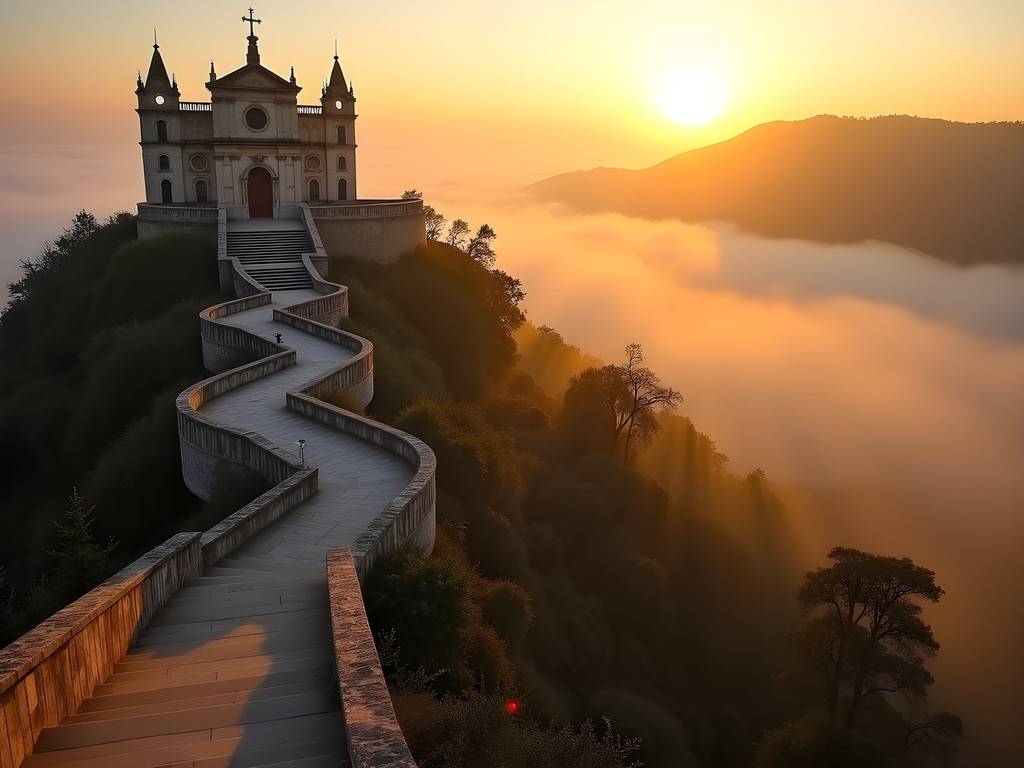
💡 Pro Tips
- Visit Bom Jesus twice - once for the climb and exploration, once for sunrise or sunset
- The funicular costs €1.50 each way, but the climb offers the best experience of the stations
- Stay overnight at Hotel do Elevador or Hotel do Templo to experience the sanctuary without day-trippers
Day 3: Braga's Cathedral and Religious Core
Braga Cathedral (Sé de Braga) stands as Portugal's oldest, dating back to the 11th century with subsequent additions creating a fascinating architectural timeline spanning Romanesque, Gothic, Manueline, and Baroque styles. We dedicated our third day to exploring this magnificent structure and the religious buildings surrounding it.
The cathedral's treasury museum houses some of Portugal's most significant religious artifacts, including the ornate 14th-century Gothic tomb of Infante Dom Afonso, son of King João I. What captivated me most were the two massive pipe organs facing each other across the main chapel - when we visited, we were fortunate to hear a brief practice session that filled the space with haunting melodies.
Don't miss the Capela dos Reis (Kings' Chapel) with its remarkable gilded woodwork, a prime example of Portuguese talha dourada craftsmanship. The cathedral complex also includes two separate chapels worth exploring: Capela da Glória with its unique medieval murals and Capela de São Geraldo honoring one of Braga's archbishops.
After lunch at nearby Restaurante Centurium (try their bacalhau à braga), we explored the Episcopal Palace and its garden before continuing to Igreja de Santa Cruz with its stunning azulejo tile panels. The afternoon called for comfortable walking shoes - my hiking sandals were perfect for navigating Braga's cobblestone streets while providing enough support for hours of exploration.
End your day with a visit to Igreja do Pópulo, a Mannerist church with a serene cloister that often hosts small exhibitions of religious art. We found ourselves alone here in the late afternoon, with sunlight streaming through the windows illuminating centuries-old stone in golden light.
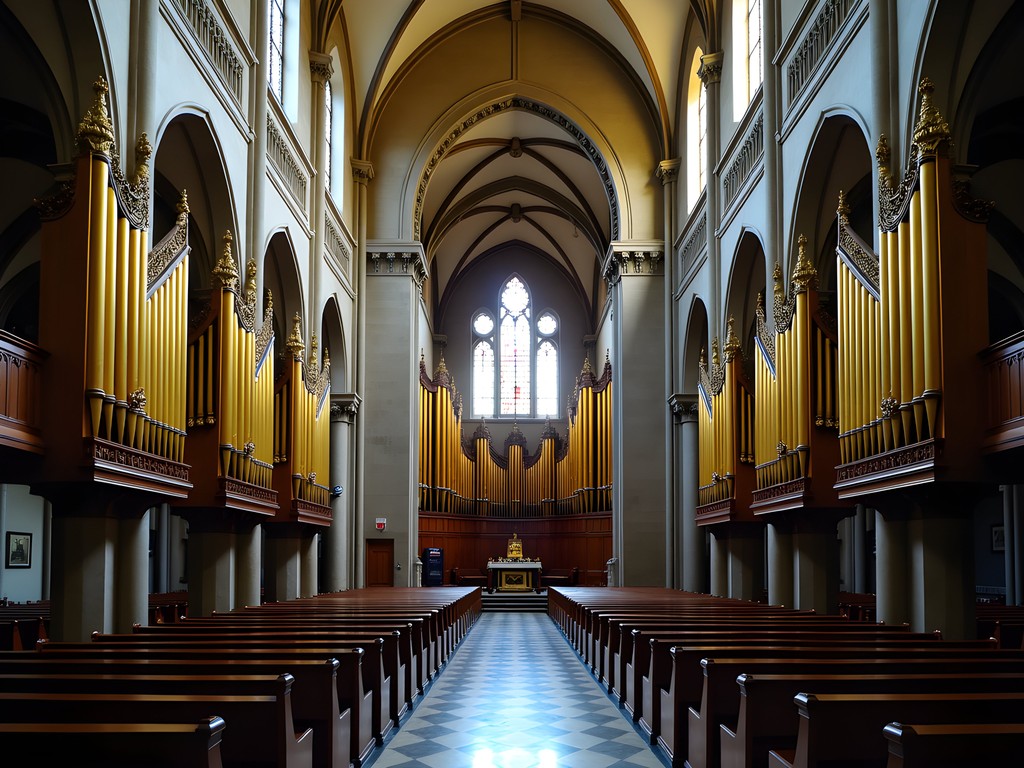
💡 Pro Tips
- Purchase the combined ticket for the Cathedral and Treasury Museum to save a few euros
- Visit the Cathedral around 11am when light conditions inside are optimal for photography
- Look for the two mummified archbishops in glass coffins in the Capela de São Geraldo - macabre but fascinating
Day 4: The Sanctuary Circuit - Nossa Senhora do Sameiro & Santa Maria Madalena
Braga's surroundings are dotted with sanctuaries perched on hilltops, creating what locals call the "sanctuary circuit." Having explored Bom Jesus, we dedicated our fourth day to visiting two other significant sites: Sameiro Sanctuary and the lesser-known Santa Maria Madalena.
We started early at Sameiro Sanctuary (Santuário de Nossa Senhora do Sameiro), Portugal's second most important Marian pilgrimage site after Fátima. Located on a hill higher than Bom Jesus, the views extend even further across the Minho region. The neoclassical basilica itself is more modern than many of Braga's religious buildings (dating to 1863), but what it lacks in age it makes up for in significance to Portuguese Catholics.
The sanctuary's expansive grounds include beautiful gardens perfect for contemplative walks. We were fortunate to visit when few others were around, creating a peaceful atmosphere that contrasted with the more touristed Bom Jesus. Don't miss the small museum displaying religious artifacts and ex-votos - offerings left by pilgrims in gratitude for answered prayers.
In the afternoon, we ventured to the Sanctuary of Santa Maria Madalena in Falperra, a baroque gem often overlooked by visitors. The church sits dramatically atop Monte de Santa Madalena with panoramic views of Braga below. The interior features stunning gilded woodwork and painted ceiling panels that rival more famous Portuguese churches.
Navigating between these sites requires transportation. While local buses serve both sanctuaries, their schedules can be limited. We found using a portable power bank essential for keeping our phone charged for navigation and photography throughout these long days exploring multiple sites.
End your sanctuary circuit with dinner at Restaurante Panorâmico near Sameiro - the sunset views across the valley paired with traditional Portuguese cuisine create a perfect conclusion to a day of spiritual exploration.
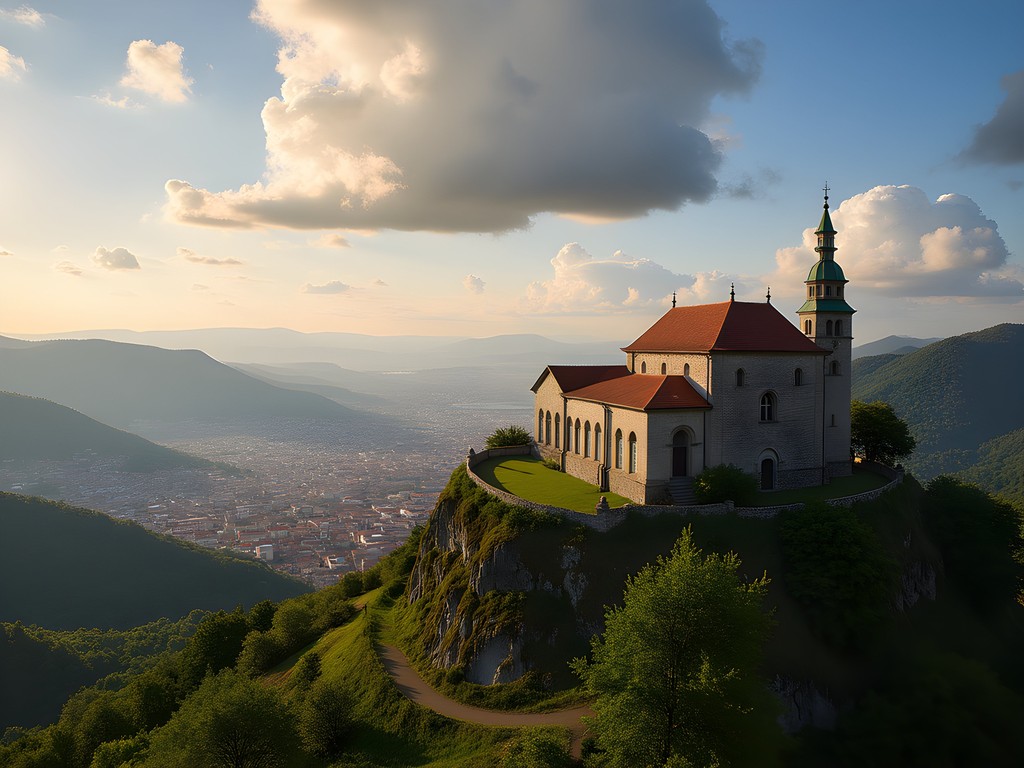
💡 Pro Tips
- Visit Sameiro first thing in the morning for the clearest views across the valley
- Bring water and snacks as facilities can be limited, especially at Santa Maria Madalena
- Consider hiring a taxi for the day (around €60-80) to efficiently visit all the sanctuaries if you're short on time
Day 5: Medieval Chapels & Hidden Corners
While Braga's major sanctuaries command attention, it's the city's smaller medieval chapels and hidden religious corners that truly captured my heart. Day five of our journey focused on these lesser-known treasures scattered throughout the historic center.
We began at Capela de São Frutuoso de Montélios, a pre-Romanesque chapel dating from the 7th century that represents one of the oldest Christian structures in Portugal. Its unique cruciform design shows clear Byzantine influence, making it architecturally distinct from most Portuguese religious buildings. Located slightly outside the city center, we arrived when it opened at 9:30am and had the entire site to ourselves.
Next, we visited Igreja de São Paulo, a baroque church with an unassuming exterior that belies its lavishly decorated interior. The ceiling paintings depicting scenes from St. Paul's life are particularly impressive. Just a short walk away, Capela dos Coimbras offered another surprise - this small 16th-century chapel contains some of the most delicate Renaissance stonework I've seen in Portugal.
After lunch at Taberna do Migaitas (their petiscos are perfect for sharing), we explored Igreja de São Victor and Capela de São Sebastião, two neighborhood churches rarely mentioned in guidebooks but filled with historical significance and local character. What makes these smaller sites special is how they remain active places of worship rather than mere tourist attractions.
For recording these hidden gems, I relied on my travel journal to capture details and impressions that photos alone couldn't convey. The intimate nature of these spaces often makes photography challenging, and sometimes inappropriate during active services.
We ended our day at Igreja de Santa Maria, where we happened upon an evening choir practice. Sitting quietly in the back pews as voices echoed through the ancient stones created one of those travel moments that no itinerary can plan but that become the most cherished memories.
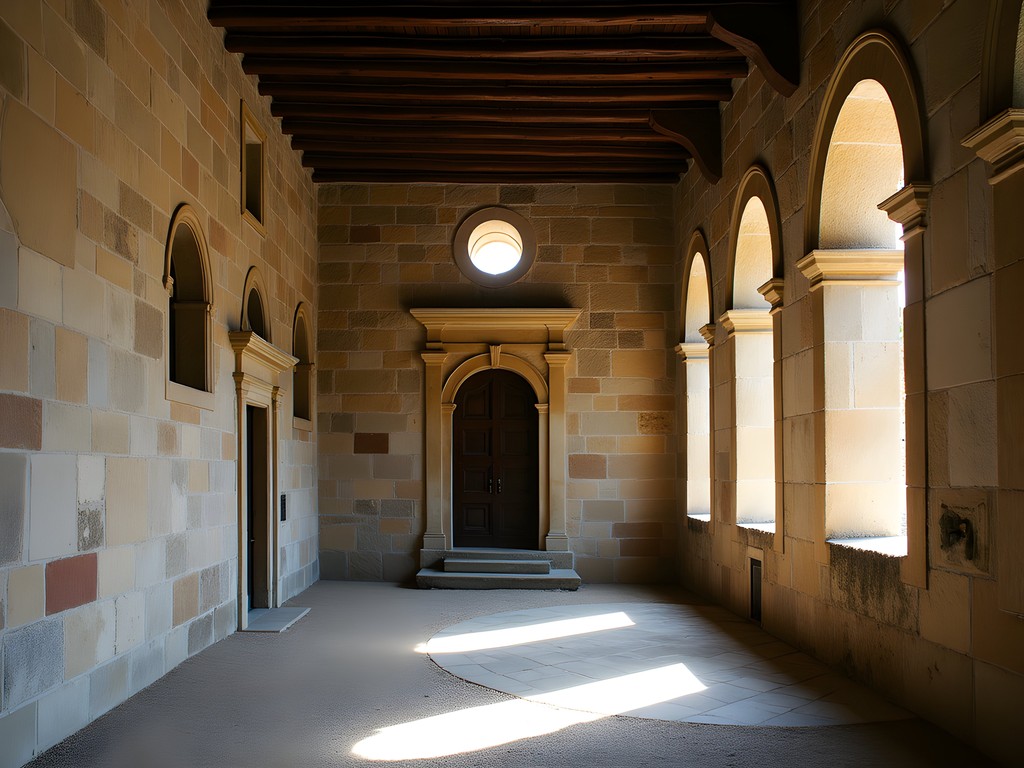
💡 Pro Tips
- Many smaller chapels have limited opening hours - check with the tourist office for current schedules
- Dress modestly when visiting active places of worship, with shoulders and knees covered
- Learn a few basic Portuguese phrases - caretakers of smaller sites often don't speak English but are delighted by visitors making an effort
Day 6: Monasteries & Religious Heritage Museums
Braga's religious significance extends beyond its churches and sanctuaries to include remarkable monasteries and museums housing centuries of sacred art and artifacts. Our sixth day focused on these larger collections that help contextualize the city's spiritual heritage.
We started at the Monastery of São Martinho de Tibães, located about 6km outside Braga's center. This former Benedictine monastery served as the order's headquarters for Portugal and Brazil, and its restoration has been meticulous. The church's gilded interior exemplifies Portuguese baroque at its most exuberant, while the monastery's various rooms - from the chapter house to the refectory - offer glimpses into monastic life across centuries.
The monastery's grounds include formal gardens and an agricultural area where monks once grew medicinal herbs and food crops. Today, these gardens have been beautifully restored, making them perfect for a contemplative morning walk. We spent nearly three hours exploring every corner of this vast complex.
In the afternoon, we returned to Braga's center to visit the Museu dos Biscainhos, housed in a baroque palace. While not exclusively religious in focus, this museum contains significant religious art collections that help illustrate how sacred and secular life intertwined among Portugal's nobility. The ornate gardens here are another highlight, designed to create a series of outdoor "rooms" for contemplation.
Our day concluded at the Museu Pio XII, a small but impressive collection of religious art housed near the cathedral. Named after Pope Pius XII (who had connections to Braga), this museum contains everything from medieval religious sculptures to ornate liturgical vestments and gold ceremonial objects.
For serious history enthusiasts, I recommend bringing a portable travel light - many of these museums have atmospheric but dim lighting to protect sensitive artifacts, and a small additional light source can help you appreciate the intricate details of illuminated manuscripts and religious artwork.
End your day with dinner at Restaurante Cozinha da Sé, where traditional Portuguese dishes are served with modern presentation in a building dating back to medieval times - a perfect culinary reflection of Braga itself.
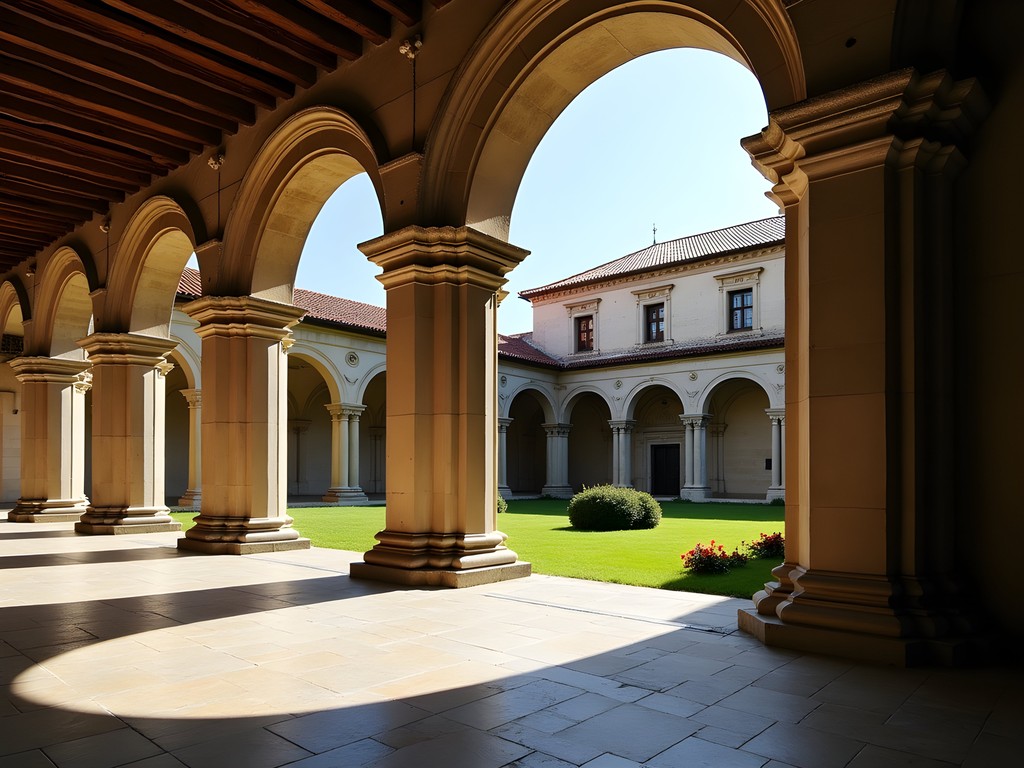
💡 Pro Tips
- Purchase the combined ticket that includes Monastery of Tibães and Museu dos Biscainhos to save on admission fees
- Visit Tibães in the morning when the light is best for photographing the church interior
- Check if any special exhibitions are happening at Museu Pio XII - they often rotate items from their extensive collection
Day 7: Connecting Past and Present - Braga's Living Religious Traditions
For our final day, we shifted focus from ancient stones to living traditions, exploring how Braga's religious heritage continues to shape contemporary life in the city. This perspective is particularly fascinating to me as someone who approaches travel as an educational experience.
We timed our visit to coincide with Semana Santa (Holy Week) celebrations, though Braga hosts religious festivals throughout the year. Even if you can't visit during a major religious holiday, you can still witness how faith remains woven into daily life here.
We began our day at Café A Brasileira (not to be confused with the famous one in Lisbon) to observe local morning rituals. Elderly gentlemen gathered for coffee after early morning Mass, discussing church matters alongside everyday concerns - a scene that has likely played out similarly for generations.
Next, we visited workshops where religious artifacts are still crafted using traditional methods. At Oficina de Paramentaria Santa Teresinha, we watched artisans creating intricate embroidery for priestly vestments, while at Manuel Carvalho Artesanato Religioso, traditional religious sculptures are handcrafted using techniques passed down through generations.
In the afternoon, we attended a choral performance at Igreja do Carmo - Braga maintains a rich tradition of sacred music, and many churches host regular performances. Check with the tourism office or look for posters around the cathedral for current schedules.
As evening approached, we joined locals for the passeio - the traditional Portuguese evening stroll. In Braga, this social ritual often includes stopping at small chapels that remain open into early evening. We watched as residents popped in for brief moments of prayer before continuing their walks, demonstrating how sacred spaces remain integrated into everyday routines.
We concluded our week with dinner at Restaurante Gosto Superior, where the chef creates modern interpretations of traditional Minho region dishes. Over a glass of vinho verde, we reflected on how Braga has managed to preserve its religious heritage while evolving into a vibrant contemporary city - a balance that makes it such a compelling destination for travelers seeking depth beyond typical tourist experiences.
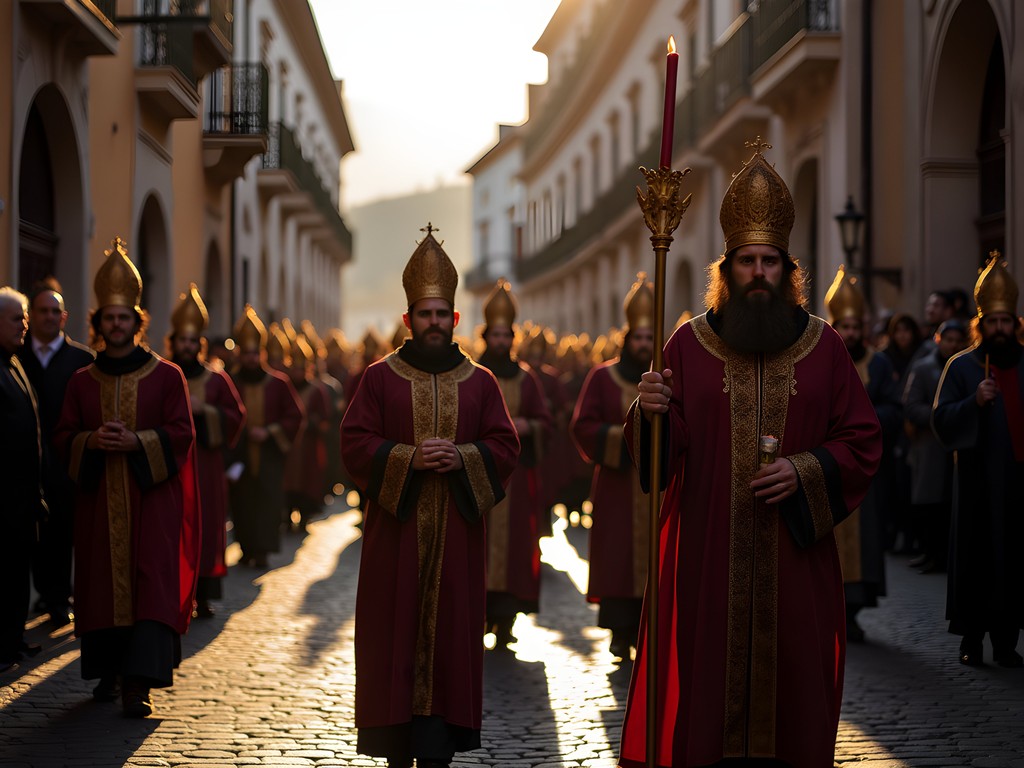
💡 Pro Tips
- Research any religious festivals happening during your visit - even minor saints' days can feature interesting local celebrations
- Respect active worship spaces by observing quietly and following locals' lead on appropriate behavior
- Visit the tourism office for a calendar of sacred music performances happening during your stay
Final Thoughts
Braga's sacred sites offer more than a journey through architectural history – they provide a window into Portugal's soul. What struck me most was how these ancient spaces remain vibrant centers of community life rather than mere tourist attractions. As you plan your own exploration of Braga, I encourage you to move beyond simply checking sites off a list. Instead, allow yourself time to absorb the rhythms of this spiritual city, to sit quietly in its sacred spaces, and to observe how centuries of faith have shaped both its physical landscape and cultural identity. Whether you're religiously inclined or simply appreciate history and architecture, Braga offers a depth of experience rarely found in more touristed Portuguese destinations. And while I explored without my daughter this time, I'm already planning a return visit with her – these sacred spaces welcome visitors of all ages, and the stories they contain deserve to be passed to the next generation of curious travelers.
✨ Key Takeaways
- Allow at least a week to properly experience Braga's religious heritage beyond the major sites
- Visit sacred sites at different times of day to experience changing atmospheres and lighting
- Engage with living traditions through festivals, music performances, and craft workshops
📋 Practical Information
Best Time to Visit
Spring (April-June) or early fall (September-October)
Budget Estimate
€80-120 per day including mid-range accommodation, meals and entrance fees
Recommended Duration
7 days minimum, 10 days ideal
Difficulty Level
Moderate - Involves Walking On Cobblestones And Climbing Many Stairs
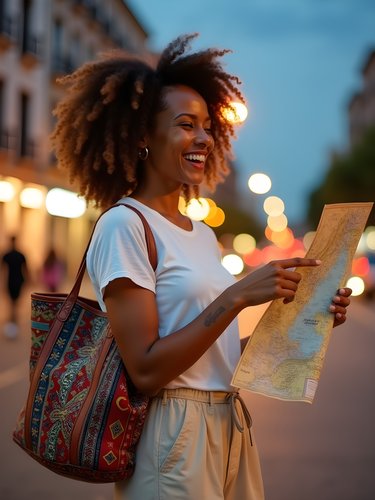
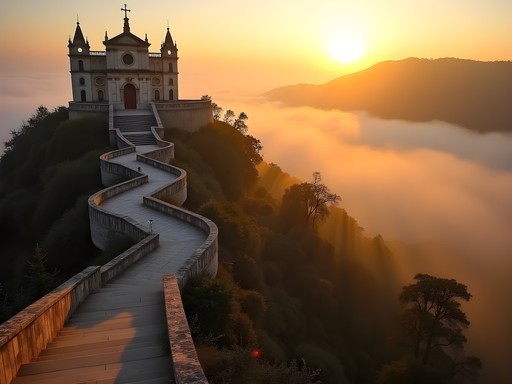
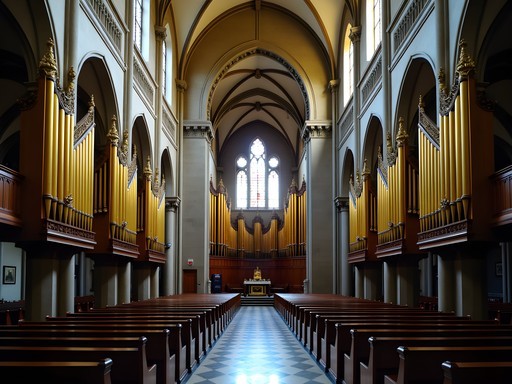
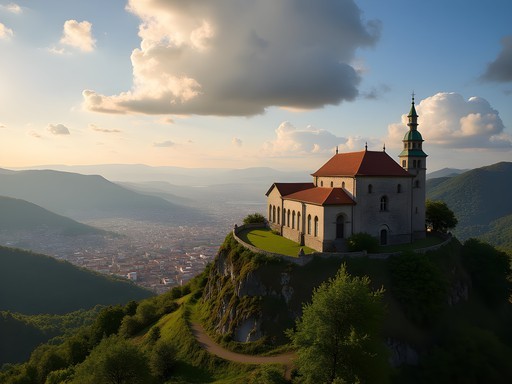
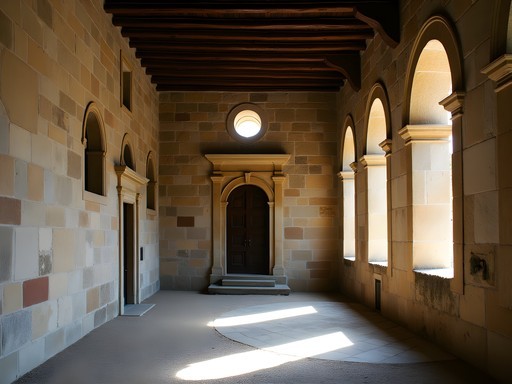

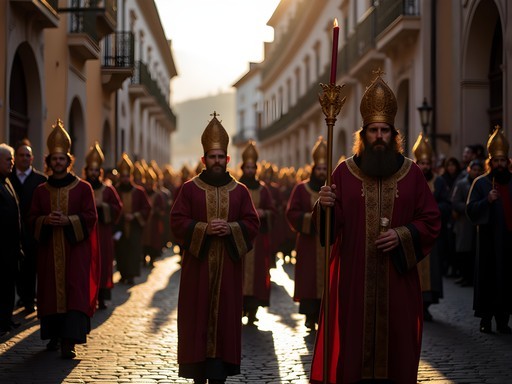









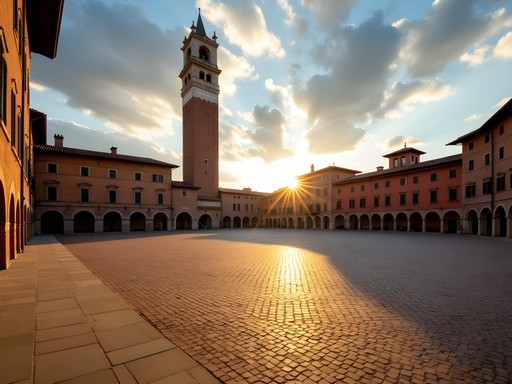
Comments
Taylor Moreau
Excellent itinerary, Francesca. Having led several cultural tours through northern Portugal, I'd add that Braga truly shines during Holy Week (Semana Santa) when the religious processions transform the city. The juxtaposition of ancient traditions against the vibrant university town atmosphere makes it particularly special. For those interested in the architectural aspects, don't overlook the Archbishop's Palace adjacent to the cathedral - the garden is a peaceful respite from sightseeing. I also recommend extending your trip to include nearby Guimarães, often called Portugal's birthplace, for a fuller understanding of the region's historical significance.
Francesca Webb
Thank you, Taylor! Great suggestion about Holy Week - the processions must be incredible. We did manage a day trip to Guimarães but I kept this post focused on Braga. You're right though, they complement each other beautifully for understanding northern Portuguese history.
coolexplorer
Those sunset photos from Sameiro Sanctuary are incredible! Added to my bucket list.
journeyrider
Just got back from Braga and your itinerary would have been so helpful! We missed the Santa Maria Madalena sanctuary which looks amazing from your photos. Did catch Bom Jesus though - those gardens are incredible. Next time I'll plan better!
explorewalker
What was your favorite part of Braga? Planning my trip for next spring!
journeyrider
Definitely the Cathedral and the historic center. So much character in those narrow streets! And the coffee shops - try Café Vianna if you go!
Sophia Gomez
Your post brought back so many memories! I visited Braga last year and was completely enchanted by Bom Jesus. Those baroque stairs with the Stations of the Cross tell such a powerful story. One tip for anyone going - try to visit early morning or late afternoon when the light is magical for photos and there are fewer tourists. And don't miss trying 'bacalhau à Braga' at Restaurante Centurium near the cathedral - best codfish dish I had in Portugal! I documented the whole experience in my travel journal which I always carry for these special trips.
greenking
Did you rent a car or use public transportation? Planning a trip there soon!
Francesca Webb
We used public transport and it worked well! The local buses are reliable and inexpensive. For Bom Jesus, take bus #2 from the city center.
explorewalker
Great post! How difficult was the climb up to Bom Jesus? Worth it for the views? Wondering if I should plan extra time for that part of the trip.
coolexplorer
Not OP but did it last year - definitely worth it! The funicular is an option too if you don't want to climb.
Francesca Webb
Thanks for your question! The climb is challenging (600+ steps) but absolutely worth it. The zigzag pattern makes it manageable with rest stops. As coolexplorer mentioned, the water-powered funicular is a great alternative - it's actually the oldest in the world!
Douglas Bradley
Fantastic write-up, Francesca! I visited Braga last autumn and was similarly impressed by the sacred architecture. One tip for anyone planning to visit: go to Bom Jesus early in the morning (before 9am) to avoid both the crowds and the midday heat. The morning light filtering through the trees along the Way of the Cross is absolutely magical and makes for stunning photographs. Also worth noting is that many of the smaller chapels in the historic center have limited opening hours or require advance arrangements. The tourist office near the cathedral was incredibly helpful in organizing access to some of the more obscure sites. Did you manage to visit the Chapel of São Frutuoso? That 7th-century gem is often overlooked but represents some fascinating Visigothic architecture.
Francesca Webb
Thanks Douglas! Great tip about the early morning visit. We did see São Frutuoso on our last day - absolutely stunning and we had it almost entirely to ourselves. The caretaker gave us an impromptu history lesson despite our limited Portuguese!
greenseeker
Adding São Frutuoso to my list! Any recommendations for places to stay? Prefer something central.
Francesca Webb
We stayed at a lovely guesthouse just steps from the cathedral - perfect location for exploring the historic center on foot. The owners were incredibly welcoming and shared great local restaurant recommendations!
greenseeker
Planning to visit Braga next spring. Is it easy to get around to all these sites with public transportation? Or should I rent a car?
Francesca Webb
The city center sites are very walkable! For Bom Jesus and Sameiro, there are regular buses from the city center. We used bus #2 which was reliable and inexpensive.
Douglas Bradley
I'd second that - public transport in Braga is quite efficient. I stayed for 5 days without a car and had no issues. The historic center is compact, and the bus system connects to all the major sanctuaries. Just grab a travel guide with the bus schedules or use the local transit app.
greenadventurer
Those stairs at Bom Jesus do Monte are no joke! Did you count how many there were? My legs were burning by the top but the view was worth it!
Francesca Webb
I think it's about 600 steps! We took the funicular up and walked down - much easier on the knees!
greenadventurer
Smart move! Wish I'd thought of that. Next time!
smartguide
OMG this brings back memories!!! I visited Braga last year on my first solo trip ever and it was AMAZING! I was so nervous about traveling alone but the people were so friendly. I stayed at a cute little guesthouse near the cathedral and the owner drew me a map of all the sacred sites with little stars for the best photo spots. I bought pocket guidebook before my trip which was super helpful for the historical background, but your blog explains the religious significance so much better! Question - did you try the local pastries? Those little almond cakes near Bom Jesus were to die for!
Frank Garcia
Those would be 'tíbias' - almond cakes shaped like bones! Part of Portugal's convent sweets tradition. Did you try the Pudim Abade de Priscos too? It's a regional specialty with a fascinating history.
Venture X
Premium card with 2X miles, $300 travel credit, Priority Pass